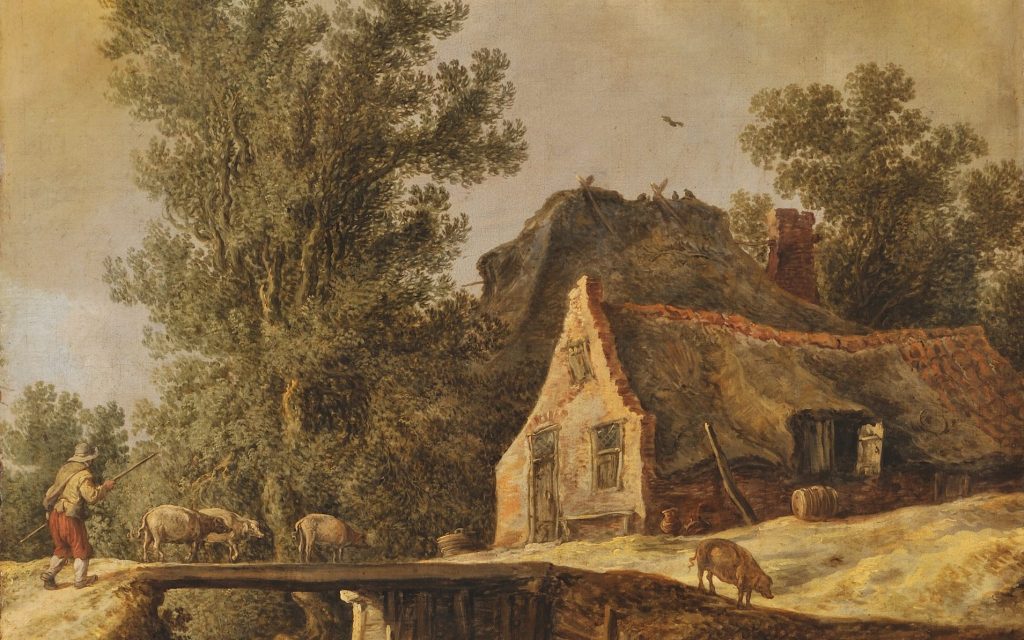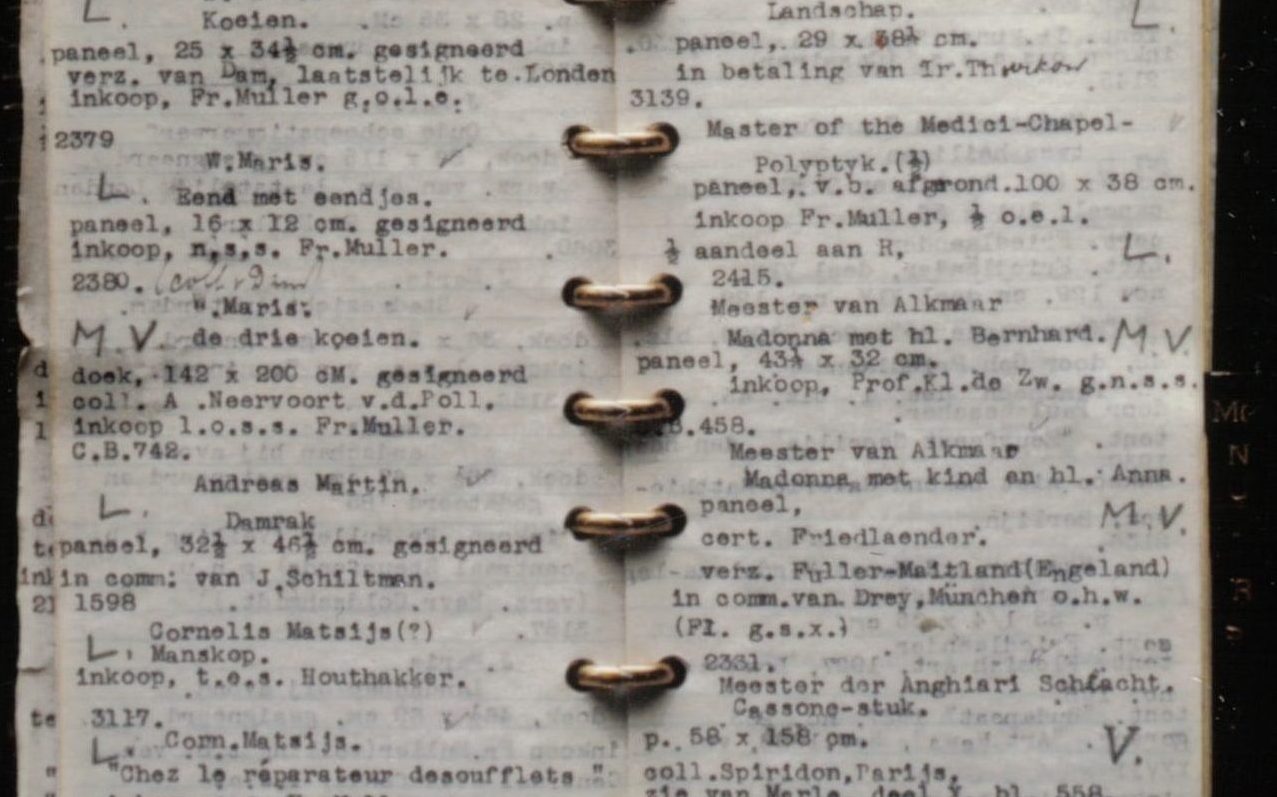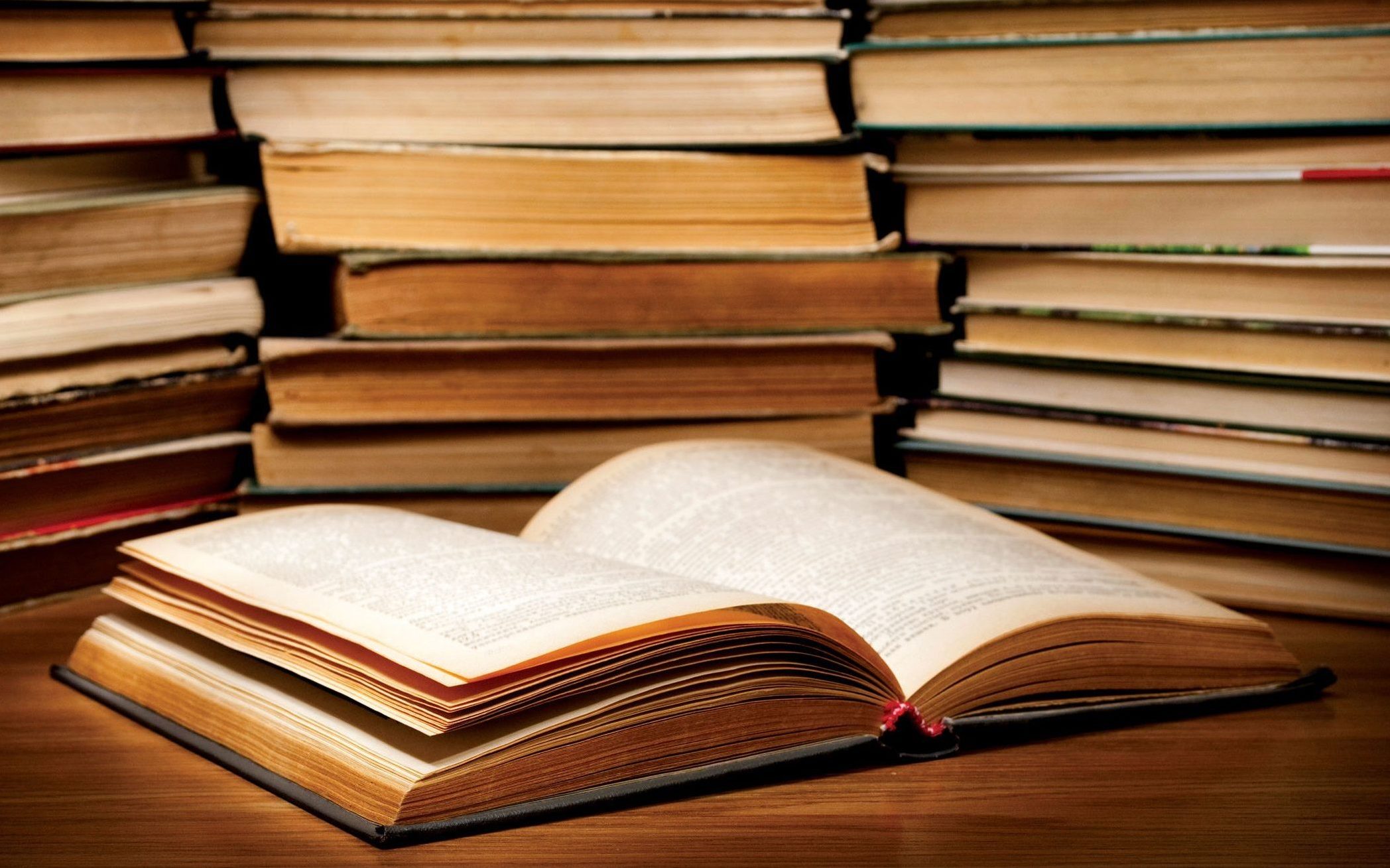The Conference on Jewish Material Claims Against Germany (Claims Conference) and the World Jewish Restitution Organization (WJRO) initiate and support wide-ranging efforts toward the restitution of Jewish-owned art, Judaica, and other cultural property lost and plundered during the Holocaust.
Why is Art Restitution Difficult?
- Ease of transporting art across international borders
- Lack of public records documenting original ownership
- Difficulty of tracing art transactions through the decades
- No central authority to arbitrate claims
- Often difficult to identify whether artworks and other cultural and religious pieces were looted from Jews during the Holocaust.
- Museums and other cultural institutions do not always engage in adequate provenance research – checking and confirming the background of each piece of art in their collections.
Why is it Important?
Art restitution efforts simply follow the simple logic that stolen property must be returned.
- Artworks and religious artifacts plundered by Nazis from Jewish families have emotional meaning
- These were personal possessions valued for their beauty and cultural significance, often handed down through several generations.
- In many cases, these artworks or artifacts are the last personal link heirs may have to families destroyed in the Holocaust. Many ended up in museums around the world, with no way for families to locate them.
- Our efforts are aimed at enabling families to regain the treasures that rightfully belong to them.
- With the eventual passing of the survivor generation artworks and other cultural and religious items that were looted become even more important to art restitution.
What Do We Seek?
- Museums, libraries, archives, auction houses and dealers should open their records
- Museums and other institutions that have not conducted provenance research should do so for relevant items or should certify that they have no looted items. Provenance research is critical to help Jewish families find art looted during the Holocaust.
- Individuals must feel comfortable coming forward with claims of looted art in all countries. Countries should create a process for non-litigation claims for artwork to be heard.
- Governments that now hold looted Jewish artworks or other cultural or religious items in their collections must be willing to return the assets to the original Jewish owners or their heirs.
- If the original Jewish owners of looted artworks, or their heirs, cannot be identified, the artworks should be given to the Jewish people – not become the property of those governments.
What Do We Do?
- Initiate and fund projects to help identify and track looted art, including but not limited to:
- Collecting and digitizing Nazi-era records and making them accessible
- Educating and training regarding provenance research
- Encouraging museums to declare works in their collections that are or might be looted
- Prioritize provenance research when dealing with governments and institutions, so that information regarding the location of looted items is publicly available
- Advocate for fair and just claims processes for claimants, including legislation toward that end
- Ensure that Judaica, especially holy and ritual items, is recognized as Jewish property. This is of the utmost moral importance. Each case will vary based on particular circumstances.
- The Claims Conference/WJRO does not represent individual claimants.



